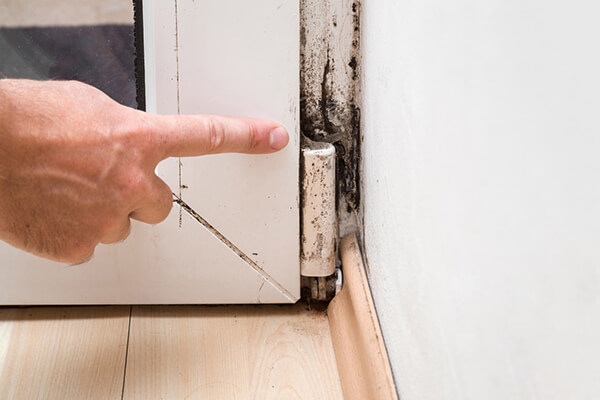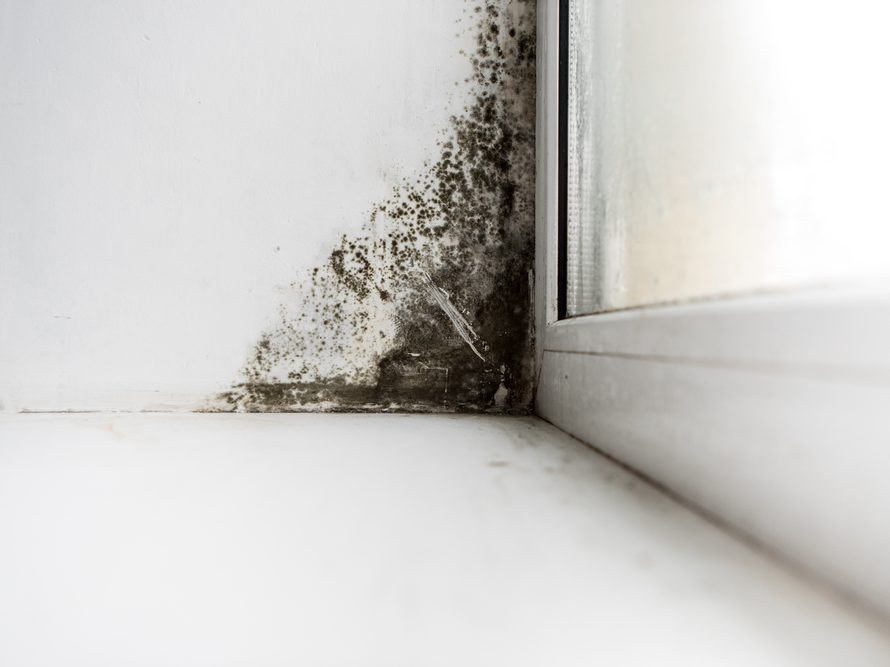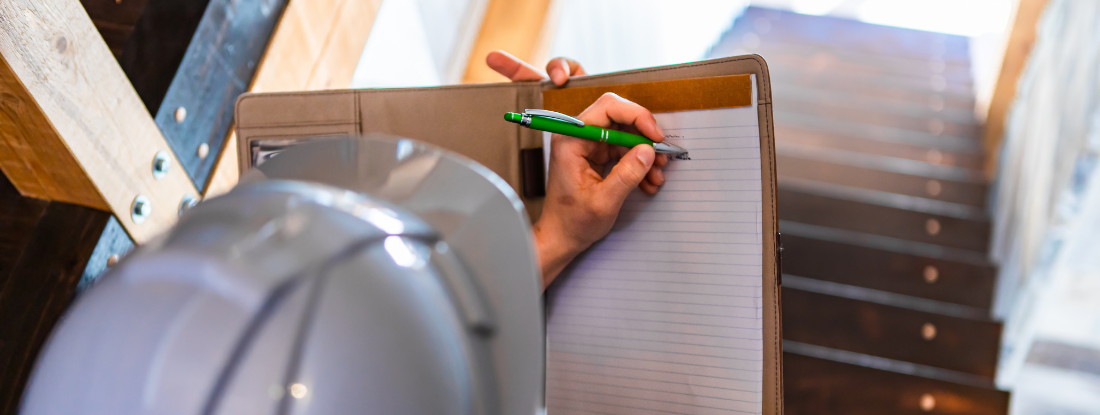Guidance on What to Do After Mold Remediation
Wiki Article
Your Ultimate Overview to Article Mold And Mildew Removal Strategies
Browsing the realm of post-mold removal strategies is a precise process that demands focus to detail and a detailed understanding of the ins and outs included. In the consequences of mold and mildew problem, understanding just how to effectively remove the mold and mildew and stop its reoccurrence is critical for preserving a healthy indoor environment. From choosing the best cleansing and decontaminating techniques to executing strategies for lasting mold avoidance, each step in the remediation trip plays an important role in guaranteeing an effective result. As we embark on this expedition of post-mold remediation techniques, we will certainly discover the key techniques and best techniques that can assist you recover your room to its pre-mold problem and safeguard it against future mold risks.Comprehending Post-Mold Removal Refine
After finishing the mold and mildew removal procedure, it is critical to recognize the post-mold removal strategies that are essential to make certain a comprehensive and efficient cleaning. As soon as the mold has been gotten rid of, the next step includes cleansing and sanitizing the affected locations to avoid any kind of regrowth of mold and mildew. This consists of utilizing specialized cleaning agents to wipe down surfaces and eliminate any type of continuing to be mold and mildew spores. It is vital to dry the area completely to discourage the growth of mold and mildew in the future (After mold remediation). Proper ventilation and dehumidification can assist in this procedure.
In addition, performing a last inspection post-remediation is essential to make certain that all mold and mildew has been effectively gotten rid of. This inspection ought to involve a thorough aesthetic check as well as potentially air sampling to verify the lack of mold spores in the air. Additional remediation might be necessary if the assessment exposes any lingering mold. Educating residents on preventive steps such as regulating wetness levels and quickly addressing any water leakages can aid keep a mold-free setting.
Efficient Cleaning Up and Sanitizing Methods

Preventing Future Mold Growth

Relevance of Correct Ventilation
Correct ventilation plays a crucial function in stopping dampness build-up, a crucial consider mold growth within indoor environments. Effective ventilation systems assist eliminate excess moisture from the air, lowering the possibilities of mold spores locating the moisture they require to spread and sprout. Without appropriate air flow, interior areas can end up being a breeding ground for mold, causing possible health and wellness risks and structural damage.By ensuring appropriate air flow, air flow systems can also assist in drying damp areas more promptly after water damage or flooding events, additionally discouraging mold growth. Post Mold remediation cleaning. Precede like shower rooms, attics, cellars, and cooking areas where dampness levels often tend to be greater, installing and keeping effective ventilation systems is critical in protecting against mold invasions

Surveillance and Upkeep Tips
Provided the important duty that correct air flow plays in stopping mold development, it is critical to develop efficient monitoring and upkeep ideas to guarantee the ongoing performance of ventilation systems. Normal assessments of ventilation systems should be performed to look for any indicators of obstructions, leaks, or malfunctions that can restrain proper air movement. Monitoring moisture degrees within the residential or commercial property is also important, as high humidity can add to mold growth. Setting up a hygrometer can help track moisture degrees and sharp house owners to any type of spikes that may call for interest. Furthermore, making certain that air filters are regularly cleaned or changed is vital for maintaining the performance of the ventilation system. Executing a timetable for regular maintenance tasks, such as duct cleansing and HVAC system examinations, can assist prevent issues before they intensify. By staying aggressive and conscientious to the condition of ventilation systems, homeowner can successfully alleviate the danger of mold and mildew regrowth and preserve a healthy and balanced interior environment.
Final Thought
In final thought, post-mold removal methods are vital for making sure a risk-free and clean atmosphere. Comprehending the process, executing reliable cleaning and disinfecting techniques, protecting against future mold growth, keeping appropriate ventilation, and routine monitoring are all crucial actions in the removal process. By adhering to these guidelines, you can efficiently get rid of mold and prevent its return, promoting a healthy living or functioning space for all owners.In the aftermath of mold infestation, recognizing exactly how to properly remove the mold and avoid its reoccurrence is critical for keeping a healthy interior setting. When the mold and mildew has been eliminated, the next step entails cleaning and sanitizing the affected areas to protect against any regrowth of mold and mildew - Post Mold Remediation. After eliminating noticeable mold and mildew growth, it is important to cleanse all surfaces in the affected area to get rid of any kind of remaining mold spores. To additionally boost mold and mildew prevention steps, it is crucial to address underlying issues that at first led to mold and mildew growth.Offered the critical role that appropriate ventilation plays in protecting against mold and mildew development, it is vital to develop efficient surveillance and upkeep pointers to guarantee the continued performance of air flow systems
Report this wiki page